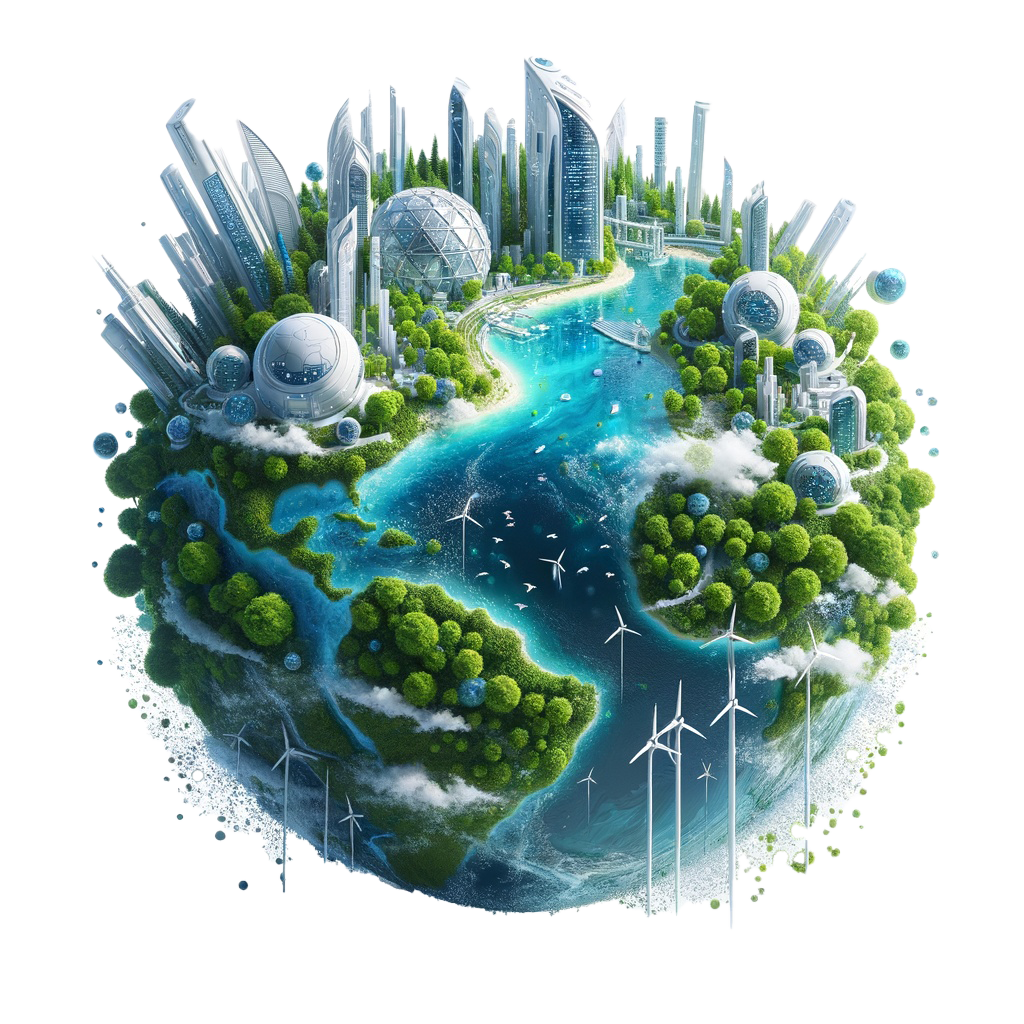The Hydrogen Economy

Around the globe a large number of countries are acknowledging the growing climate crisis. There is a desire to move away from the use of fossil fuels towards electrification.
However, not all applications that use fossil fuels can be easily electrified. Industrial applications such as steel making, power generation and cement manufacturing require a fuel. Whilst heavy transportation such as trucking, trains & shipping cannot be easily converted to battery technology.
One solution for these so called “hard to abate” sectors is hydrogen, and in particular “Green Hydrogen”. >30 countries have national Hydrogen policies to reduce their carbon footprint and reach their net zero goals.
Hydrogen is currently manufactured in huge quantities (approximately 95MT/annum) for use in areas such as ammonia production using a process called “Steam Methane Reforming” (SMR), so called “Grey Hydrogen”. This process takes natural gas and separates hydrogen from the carbon backbone of the molecule, capturing the hydrogen but emitting carbon dioxide. This is a highly polluting process accounting for around 2% of global CO2 emissions.
One way to reduce the emissions caused from the manufacturing of Grey Hydrogen is to capture the carbon dioxide, so called Carbon Capture & Storage (CCS). By adding additional steps to SMR to capture the CO2 the resulting hydrogen is dubbed “low carbon Hydrogen” or “Blue Hydrogen”.
By far the most environmentally conscious way to produce hydrogen is via electrolysis using electrolysers. By combining renewable energy, from wind or solar, with an electrolyser you can create carbon free hydrogen dubbed “Green Hydrogen”. Inside the electrolyser renewable energy is used to split water into hydrogen & oxygen.
There are several different electrolyser technologies to make Green Hydrogen:

-
Alkaline Water Electrolyser – Originally developed around 100 years ago, this tried and tested method is widely adopted and the most mature technology. Alkaline electrolysis has the most proven performance record and is currently the most widely used type of electrolyser. Draw backs include lower current density meaning a large cell area is required and low ability to current follow (work with renewables).
-
Proton Exchange Membrane Electrolyser – PEM electrolysis is a newer technology but achieving a level of maturity. It boasts higher current density meaning smaller footprint and high efficiency. It is a lower TRL level though, so there are still questions around durability of the equipment. To achieve the high current densities this equipment must use platinum group metals (PGM), with the anode requiring Iridium. Iridium is one of the rarest elements on the planet and very expensive. This equipment also uses PFSA membranes which are currently being legislated against. These two factors mean there are questions about how widely this technology can be adopted.
-
Anion Exchange Membrane Electrolyser – AEM electrolysers are very new with currently low commercialization. They boast higher current densities but without the use of PGM’s or PFSA membrane. There are question marks over the durability of this type of electrolyser, however, which need to be overcome.
-
Solid Oxide Electrolyser – These systems are also very low TRL. They operate at extremely high temperatures which means they cannot be combined renewable energy, rather relying on a dedicated heat source.
Alkaline & AEM electrolysis both have a very promising future in terms of adoption. The key to the electrolyser performance is the electrodes. For AWE & AEM electrolysers this centres around nickel based electrodes. Bare nickel electrodes can be used with limited success – low current denisties (A/cm2) and reduced life. These electrodes can be “activated” with catlaysts to boost performance and protect the underlying electrode from corrosion.
It is normal to see activated cathodes used in standard equipment. Cathodes are often activated with Ni Raney. Nickel Raney performs relatively well but has a reduced durability. High end activated cathodes may use platinum, however these tend to be incredibly expensive.
One limitation for alkaline technology is the lack of ability to “current flow” with renewables, along with it’s low current density. This is largely down to the use of unactivated anodes. These will corrode under high currents and particularly when the current flips from positive to negative. The use of an activated anode can stop this, allowing the equipment to run at higher current densities and with current following.
